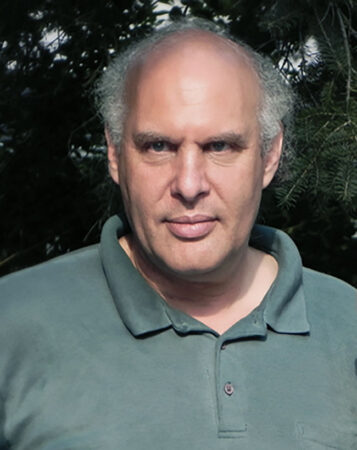
Envelope
Philibuster: Between two solitudes
The “two solitudes,” will be a familiar term for…
April 18, 2024 By Phil Lewin
 The “two solitudes,” will be a familiar term for anyone watching Canadian politics for as long as I have. It refers to the old divide between French and English Canada. Instead, I want to write about what I see as the two solitudes in the Canadian window industry.
The “two solitudes,” will be a familiar term for anyone watching Canadian politics for as long as I have. It refers to the old divide between French and English Canada. Instead, I want to write about what I see as the two solitudes in the Canadian window industry.
The first solitude is made up of the technical gurus of the industry. These are the engineers, consultants, specification writers and government individuals whose responsibilities include overseeing development and application of standards and the promotion of the implementation of these standards. They are based on the best scientific information available at the time and therefore are providing what are perceived to be the best methodologies for choosing fenestration products and how to install them.
The second solitude is made up of those whose job it is to get up every day and actually install windows in houses. The majority of this solitude learned its methodologies on the job and its perceived knowledge base is passed from one generation of installers to the next. The older installers pass on the wisdom garnered from experience on the job.
I suspect that anyone familiar with both solitudes will agree that there is a very large gap between those with a scientific knowledge base and those doing the work. Lately I’ve seen a growing trend of science-based groups attempting to make their knowledge more accessible.
These days the focus is based on our need as a country to improve the overall energy efficiency of our window products. I break this down into product efficiency and installation efficiency. The primary method for improving product efficiency is to change the codes for the products incrementally, giving the industry the chance to modify production processes and to apply opportunities from recent R&D. Code changes, however, are not government’s favoured approach. Grant programs for a host of energy efficient products, utilizing before-and-after audits, seem to occur whenever a government has a bit of spare change and the political winds are just right.
Efficiency Canada introduced me to a sustainable building consultant called Climative. Climative’s website includes, “Climative uses AI to create personalized low-carbon plans for buildings so owners can make faster, better decisions to lower their building’s emissions, make them more comfortable and save money.“
AI? Yes! Using AI to be able to offer remote energy audits without the requirement of an actual energy advisor on site or a blower door test sounds like a great way to streamline the process. I don’t think anyone is claiming that a virtual audit is the equivalent of an audit from a flesh and blood advisor, but there are a lot of situations where this could be an economical and time-efficient way to assist individual homeowners with a custom energy upgrade plan at a reasonable cost. No amount of internet searching or advice from a fenestration sales consultant can reasonably make proper holistic recommendations for a specific house.
I can see this technology as a way to bridge the gap between the two solitudes. If it can offer any homeowner, located anywhere, the opportunity to evaluate their specific home’s best opportunities and value, then an upgrade’s available funds, whether the homeowner’s or from a grant program, can be properly targeted. Energy auditors can focus on more complex situations where the AI shortcut is more likely to miss key factors.
If the scientific community is offering their valuable information in a forest, but the installers are having a coffee at Tim’s, nobody benefits. I do believe that new construction will eventually adapt the better but admittedly more costly installation techniques under development today. Builders are tired of call backs. Insurance companies recognize that these upfront costs will lower their liabilities. The costs, well, they will be passed on to the homeowner. New approaches are coming and anything that helps the solitudes communicate will be welcome.
Phil Lewin is technical director of SAWDAC.
Print this page